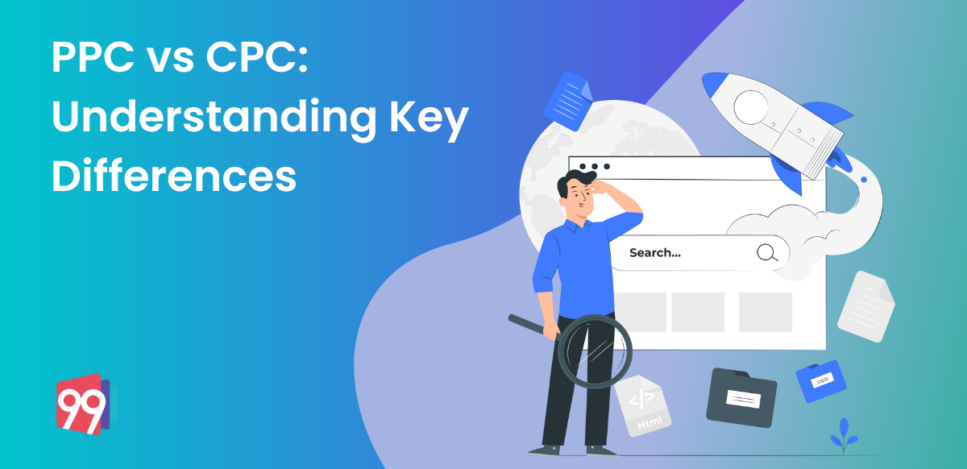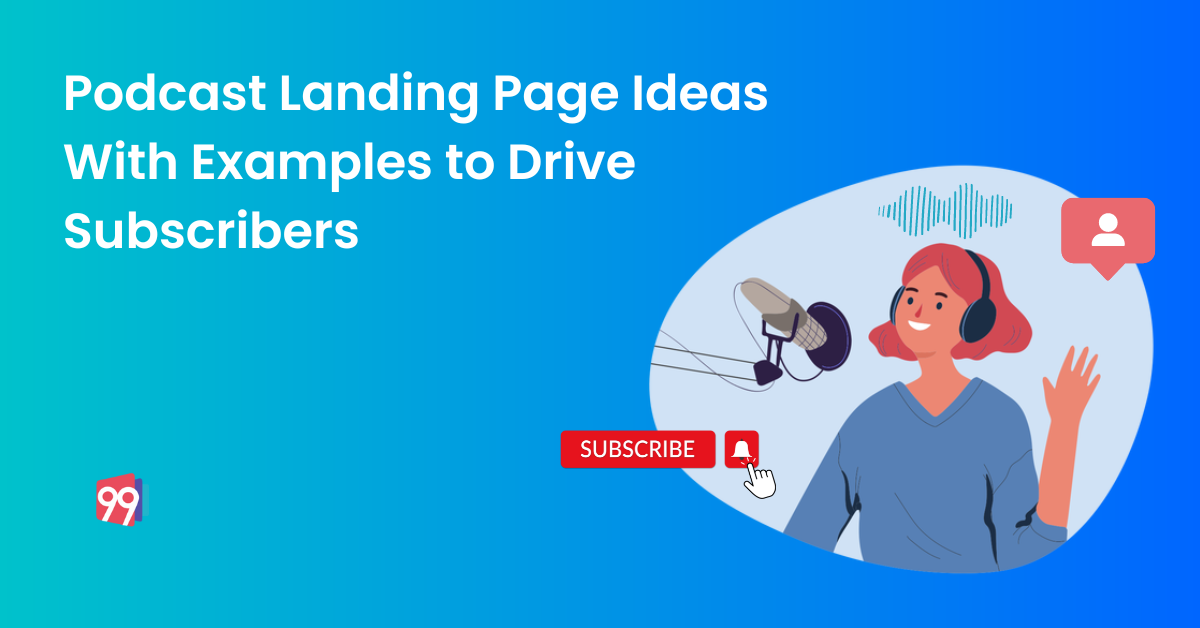PPC vs CPC is marketing jargon that can confuse a lot of new marketers, mostly because companies often use these terms interchangeably. Even after knowing their full forms pay-per-click (PPC) and cost-per-click (CPC), many can still get confused which can lead to misguided paid campaigns and vague reporting.
Paid advertising has taken over the marketing world and presents viable channels to connect with the target audience in an efficient and effective manner. PPC and CPC are essential parts of any successful paid campaign that drive traffic and conversions.
In this blog, we aim to end the PPC vs CPC confusion by discussing their definitions, where they fit into a marketing scenario, and how advertisers can use them to create better advertisements.
What is PPC?
Pay-per-click or PPC is a paid marketing model where companies pay for ads when a prospect clicks on them. The major advantage of PPC adverts is that they allow brands to appear at the top of search results and gain better traction. While achieving a high SERP ranking is also possible through SEO but it can take a lot of time. According to research, PPC generates twice the number of visitors compared to SEO.
For making PPC ads appear on the top of the SERPs, businesses have to bid for good keywords that have high search volume and low keyword difficulty. Marketers use PPC adverts to redirect customers to web pages that answer consumer queries. Such web pages are often in the form of landing pages which makes it easier for the brand to get its point across quickly.
A simple way of understanding how PPC ads work is, say a company places a PPC ad with a bid for $50 and in a day the ad is able to garner over 150 clicks.
PPC advertisements are not limited to Google but are available on various platforms like Bing, Yahoo, and social media channels like Facebook, Instagram, etc.
What is CPC?
PPC is a type of marketing model whereas CPC is a metric.
Cost-per-click measures the amount of money spent on a single click in any paid ad. From our earlier example, the company spent $50 a day to get 125 clicks.
The formula for CPC is:
It means that the CPC for the company settles to $0.4 for getting each click.
CPC rates are often determined by competition and can change frequently depending on how much other advertisers are bidding for the same keywords and impressions. For this reason, it is important for businesses to keep track of their CPCs in order to make informed decisions about how much they should be spending on ads.
PPC vs CPC: Why You Need Them Both
PPC is an efficient way of marketing that allows you to reach out to the target audience and generate brand awareness in a limited period of time. With the help of the CPC metric marketers can make their PPC ads even more efficient by understanding which paid ads are bringing them more traffic with lesser capital.
Together, CPC and PPC present a useful combination for generating marketing efforts that generate positive results.
Various platforms have different costs for the same keyword and it becomes crucial to timely evaluate the CPC for every channel in time to keep the budget under control and run PPCs efficiently.
Tips for Running a Successful PPC Campaign
1. Chose keywords according to the target market
Use tools like Ahrefs, Google Keyword Planner, Uber Suggest, etc., to find the keywords that fall under your budget and have good volume. The ad ranking mostly depends on your bidding and the relevance of the target keyword.
For example, if a company sells chocolates, then its keywords can be:
- buy premium chocolates
- buy chocolates online
Geo-tagging your keywords like “buy premium chocolates in the UK” can also be useful.
2. Use effective ad copy
After securing a high ad rank, marketers must focus on curating an ad copy that is simple, concise, and engaging. Facebook, Instagram, Google, and all types of paid advertising platforms have word limits for an ad copy, so it becomes critical to choose the words correctly. The CTA, offer, imagery and everything else required in the page copy must motivate visitors to click.
3. Keep track of your spending and results
Consistently monitoring all the ads by utilising CPC as a key performance indicator can help advertisers understand what is working for them and what is not. Set standards and goals to achieve for different keywords and try to pique in minor changes now and then to test and reach an optimal ad copy.
4. Make sure the landing page is optimised
Another metric that can make the performance of your paid ad go down is bounce rate. The bounce rate represents the percentage of visitors who entered the landing page through the ad but left quickly without exploring the page. The prime reason behind a high bounce is a poor landing page.
Make sure your landing page gets optimised regularly according to user experience. One of the major things to keep in mind while building a paid campaign is to keep the copy of the ad and landing page coherent.
If you want to know more about landing page optimisation then do check out this blog:
Learn About Landing Page Optimisation Best Practices
Conclusion
As you can see, there is a lot to learn about PPC and CPC. But with a little bit of research and practice, you can create successful paid campaigns that will help your business grow. By bidding correctly for keywords and tracking PPC campaigns with metrics like CTR, CPC, bounce rate, etc., it becomes easier to understand what the target audience wants.
Marketing is nothing without generating quality content, so keep updating your ad copy and landing pages according to the dynamic market demands.
Related Blogs:
Types Of Paid Advertising You Should Know About to Grow Your Business
Different Types of Lead Generation and How to Effectively Use Them
Maximizing Leads with PPC for Accountants: A Strategic Guide
Check Out Our Featured Templates:





